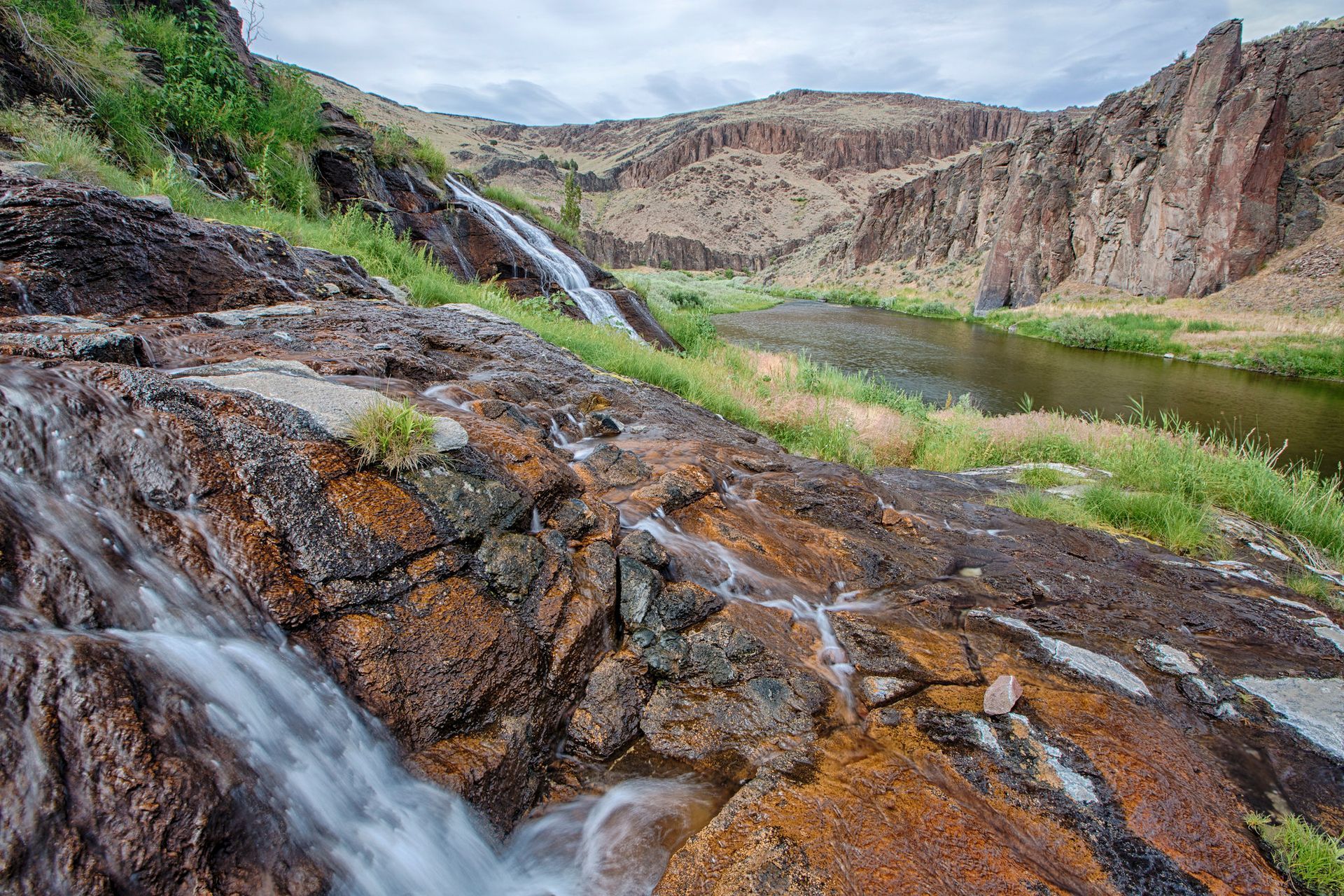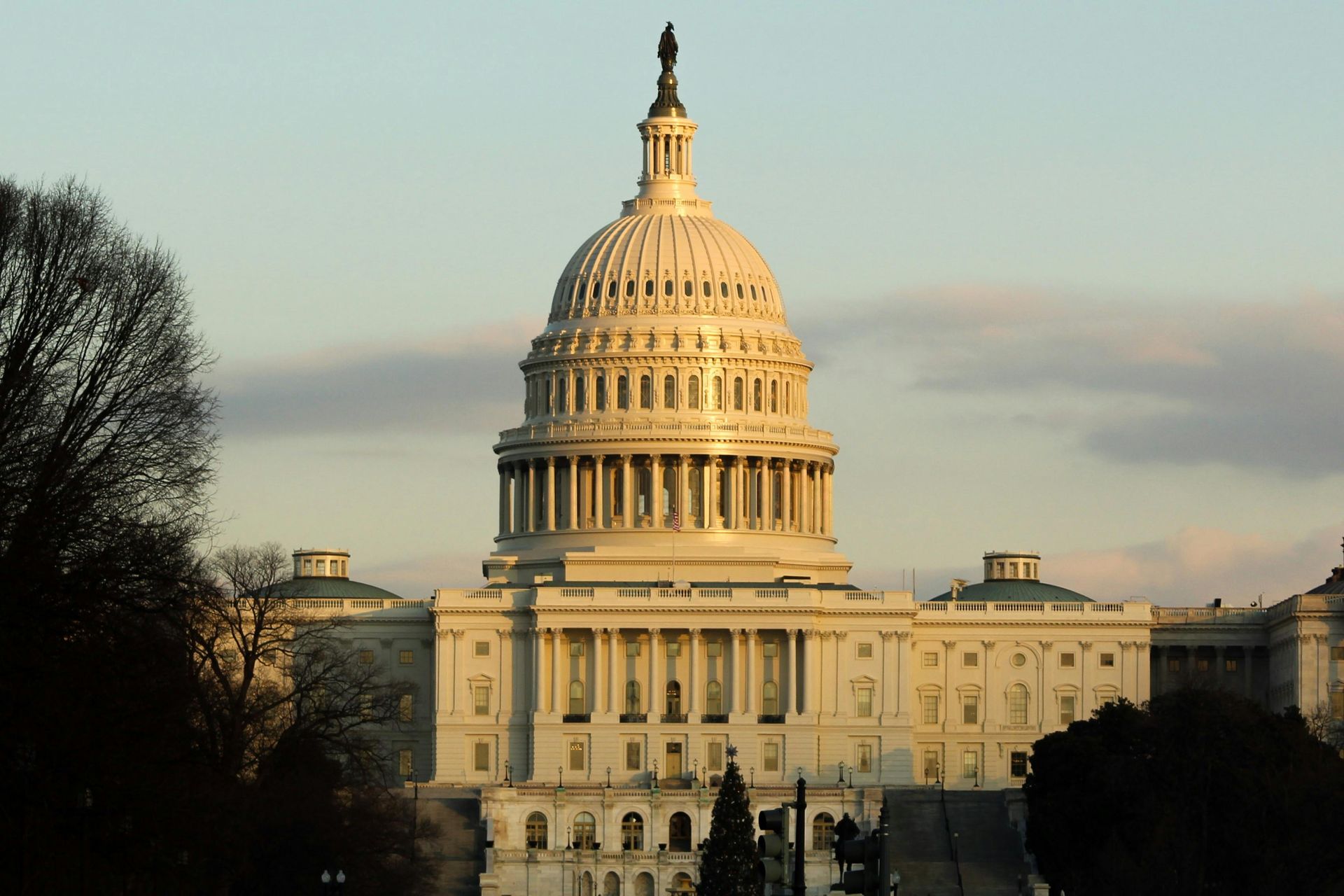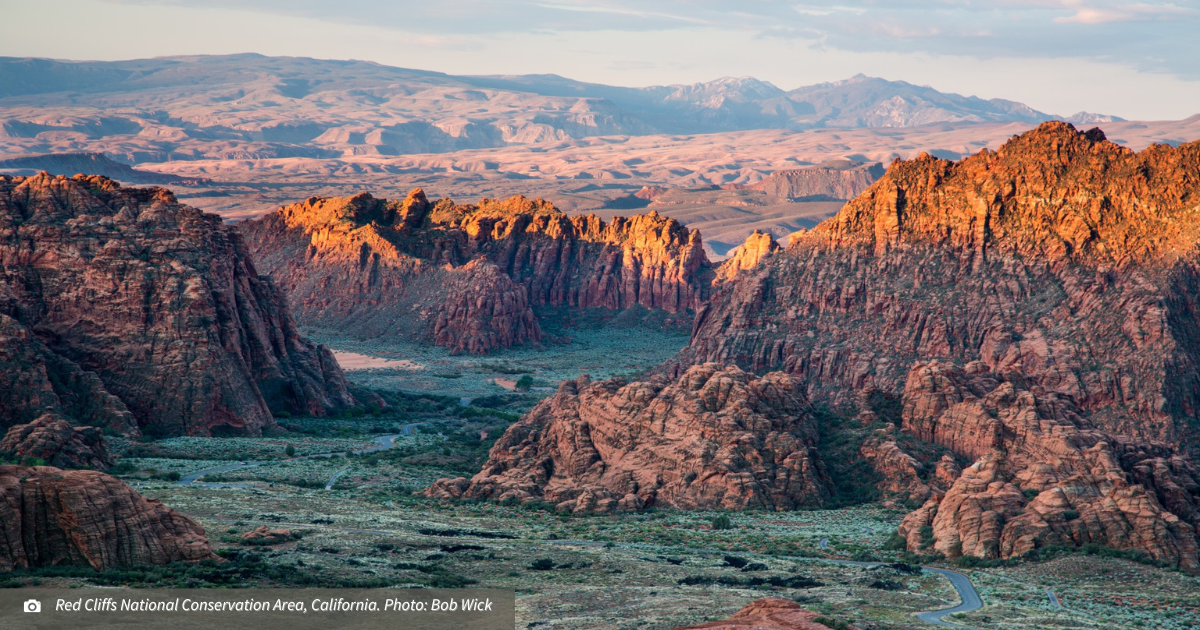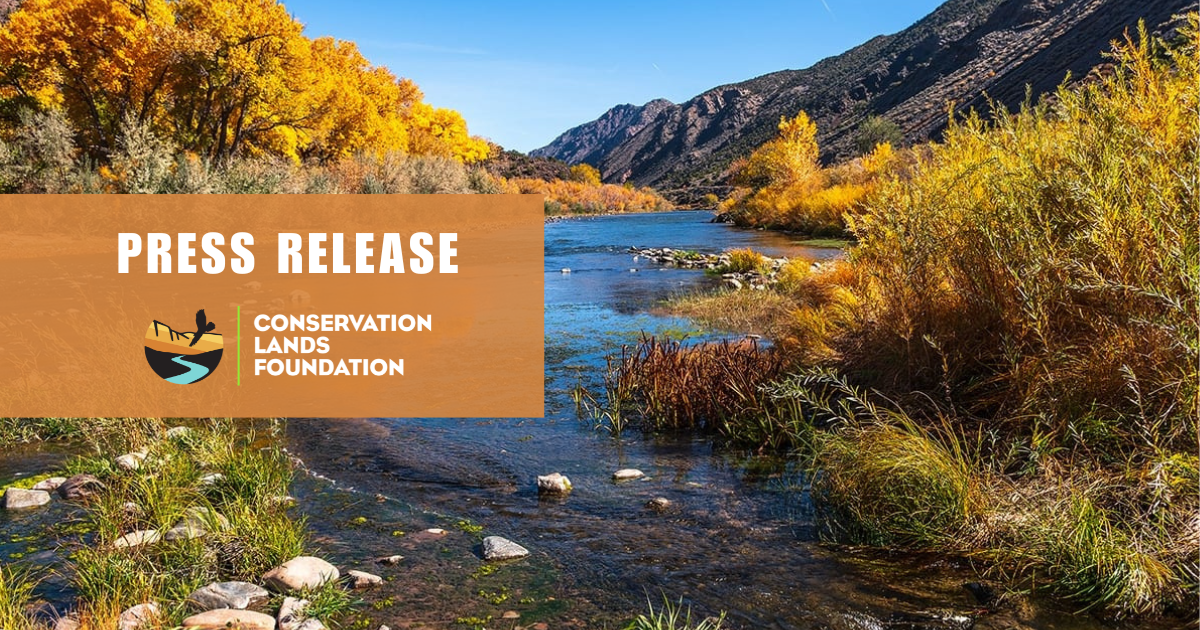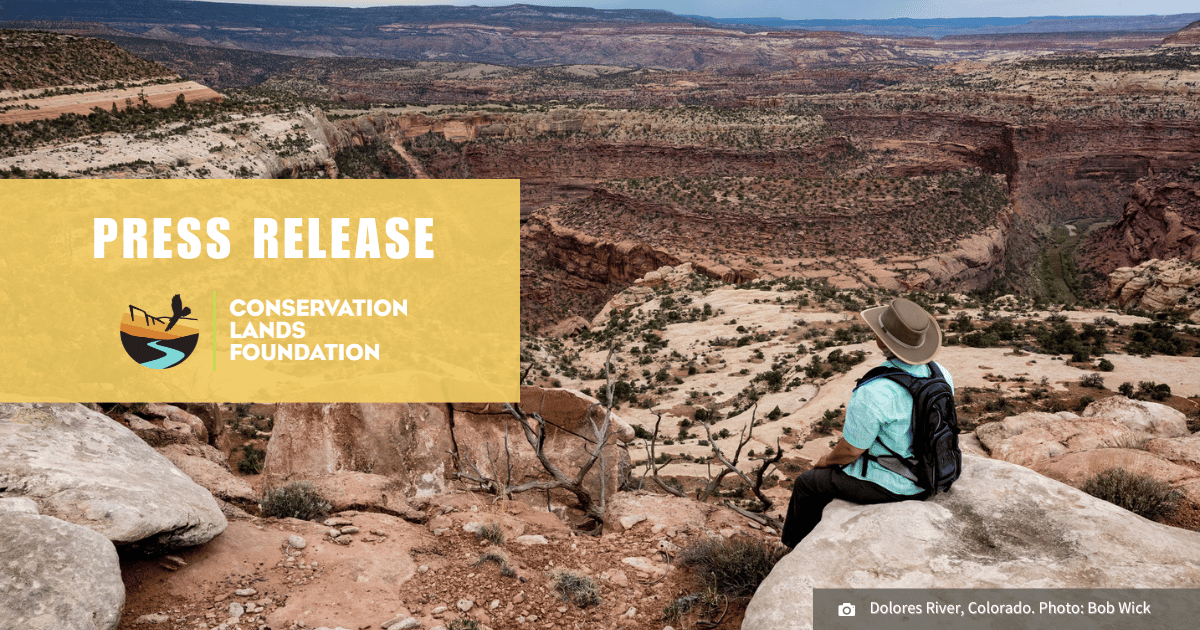Decades-Long Highway Fight Ends with Victory for Red Cliffs NCA
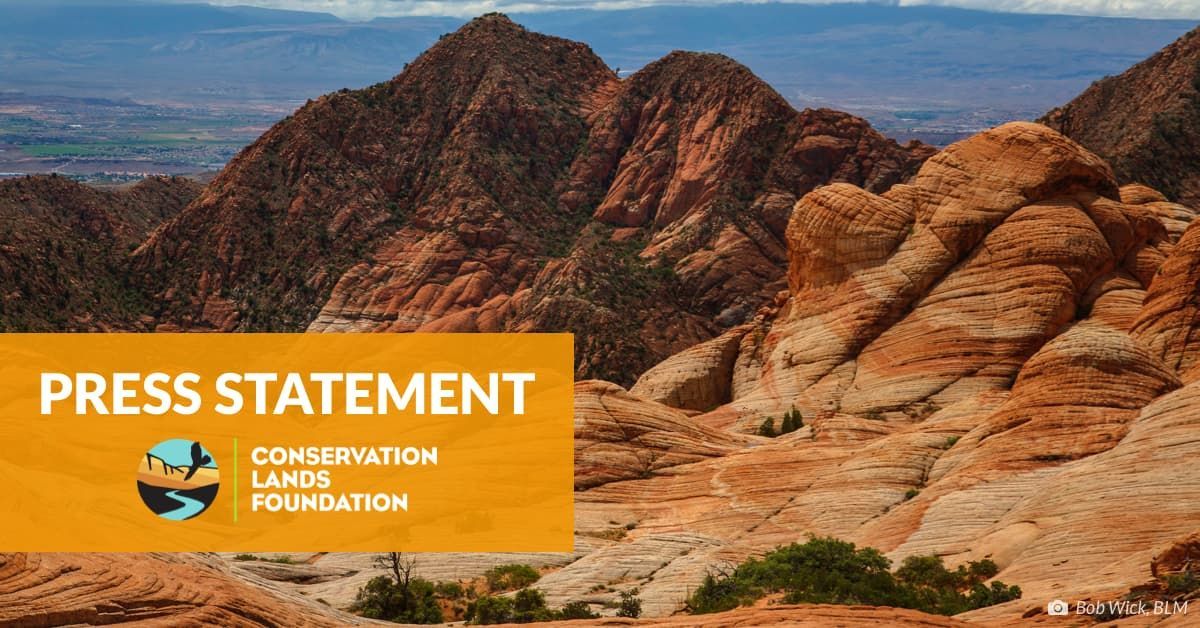
Federal agencies to reject destructive highway proposal, safeguarding critical tortoise habitat and recreation access
St. George, UT – Yesterday, the Bureau of Land Management (BLM) and U.S. Fish and Wildlife Service (FWS) signed a Record of Decision to deny a right-of-way for the four-lane Northern Corridor Highway through Red Cliffs National Conservation Area (NCA) in southwestern Utah near Zion National Park.
“For the seventh time, the agencies have once again concluded that punching a high-speed four-lane highway through a National Conservation Area and critical habitat for the threatened Mojave desert tortoise undermines both the habitat needed for the tortoise to survive and the purposes of the congressional designation as an NCA,” said Todd C. Tucci, senior attorney with Advocates for the West and counsel for conservation groups. “We congratulate the agencies in acknowledging both the broad public opposition to the highway, and the underlying requirement to manage this NCA for conservation and recreation.”
Yesterday’s decision confirms the federal agencies’ rejection of the Northern Corridor Highway project, which would have torn through critical habitat for the imperiled Mojave desert tortoise, violated five bedrock environmental laws, damaged iconic scenic vistas, disrupted treasured outdoor recreation opportunities and set a dangerous precedent for developing federally protected conservation areas across the U.S. According to the final Supplemental Environmental Impact Statement (SEIS), the Northern Corridor Highway is a poor option for the St. George community, as it would increase fire probability and frequency, result in permanent loss to designated critical tortoise habitat, spread noxious weeds and invasive plants and adversely impact the highest number of cultural and historical resources of all considered alternatives.
This long-anticipated Record of Decision marks the conclusion of the agencies’ final SEIS, released on November 7, 2024, and is the result of a decades-long fight from local residents, conservation organizations and outdoor recreationists to keep the highway out of the NCA.
While this decision is a significant victory for public lands protection nationwide, it does not change the fact that world-class recreation and critical species habitat within the Greater Moe’s Valley Area—a treasured area south of the NCA—remains at risk of development. Roughly half of the lands within the Greater Moe’s Valley Area are managed by the Utah Trust Lands Administration and lack long-term conservation protections.
Below are statements from Utah-based and national organizations on today’s decision:
Holly Snow Canada, Executive Director, Conserve Southwest Utah:
“We are very encouraged by this decision, which reaffirms decades-long local agreements to protect Red Cliffs. Finally, we can put an end to the wasteful use of taxpayer dollars on an unlawful and outdated highway idea that would cause significant harm to the people, plants, and wildlife of Washington County. Conserve Southwest Utah remains steadfast in our mission to protect the public lands, water and livability of our desert home. We are committed to safeguarding other vulnerable lands, such as the Greater Moe’s Valley Area, and we urge decision-makers to join us in securing permanent protections for these invaluable spaces.”
Kya Marienfeld, Wildlands Attorney, Southern Utah Wilderness Alliance:
“Authorizing a major freeway through a Congressionally-designated conservation area should never have happened in the first place. This fight, just to uphold Congress’ intent to protect Red Cliffs for conservation, recreation, and wildlife, has dragged on unnecessarily for almost a decade, but we’re pleased the agencies still firmly recognize the value and importance of this gem of public lands and are recommitting to protecting the important habitat and cultural sites that a four-lane highway would have damaged forever.”
Charlotte Overby, Vice President of Conservation Field Programs, Conservation Lands Foundation
“This decision is a resounding victory for Red Cliffs National Conservation Area and for National Conservation Lands across the country. Allowing a highway to carve through a Congressionally designated conservation area would have set a dangerous precedent, undermining the very purpose of these protections. National Conservation Areas like Red Cliffs are established to preserve their unparalleled natural, cultural, and recreational values, and today’s decision reaffirms that these designations are permanent and must remain for future generations."
Vera Smith, Senior Federal Lands Policy Analyst, Defenders of Wildlife
“The Red Cliffs National Conservation Area is no place for a highway. This conservation area was created to protect stunning scenery and habitats for species like the Mojave desert tortoise that are fighting for survival in the face of expanding development and climate change. We are hopeful BLM’s denial of the highway application will mark the end of this ill-conceived idea forever.”
Lisa Belenky, Senior Counsel, Center for Biological Diversity
“The Bureau of Land Management is doing the right thing in rejecting a new highway through the stunning Red Cliffs National Conservation Area,” said Lisa Belenky, a senior counsel at the Center for Biological Diversity. “There are many alternative routes for traffic in the area but no other home for threatened desert tortoises, distinctive local plants and other wildlife. The conservation area also provides a natural refuge for people in this growing urban area. We’re committed to keeping it whole and wild.”
Chris Krupp, Public Lands Attorney, WildEarth Guardians
“It was shortsighted to propose a highway through the heart of a national conservation area, especially one that is so integral to the sense of place as Red Cliffs is. BLM made the right decision for desert tortoise—a species that, due to ongoing development of wild lands, continues to decline across much of its range. But it also made the right decision for the long-term future of Washington County residents.”
Jose Witt, Nevada State Director, The Wilderness Society
“We appreciate the careful and thorough analysis--yet again—of the ill-conceived proposal to build an unnecessary highway through the Red Cliffs National Conservation Area. The Red Cliffs NCA should continue to be managed for the purposes for which it was designated in 2009: to conserve, protect and enhance for the benefit and enjoyment of present and future generations the ecological, scenic, wildlife, recreational, cultural, historical, natural, educational and scientific resources of the National Conservation Area and to protect the endangered species that depend on it.”
A Decades-Long Community Fight for Red Cliffs
Since 2006, local residents and concerned citizens across the country have voiced opposition to the highway, pointing out transportation alternatives outside of Red Cliffs NCA that would do a better job of relieving traffic congestion, supporting economic growth and protecting wildlife, scenic beauty and local access to trails.
Despite immense local opposition to the proposed highway, the Bureau of Land Management and U.S. Fish and Wildlife Service approved a right-of-way for the Northern Corridor Highway in the final days of the first Trump Administration, prompting the local and national conservation organizations quoted above to file a lawsuit challenging the decision. The lawsuit argued that the highway violated multiple federal laws, including the Omnibus Public Land Management Act, Endangered Species Act, National Environmental Policy Act and others. A settlement agreement was reached in November 2023, ultimately paving the way for today's decision. Shortly after, a U.S. District Court remanded the 2021 approval of the right-of-way, confirming that the highway would fragment sensitive wildlife habitat for threatened species, reduce outdoor recreation access to the area and set a dangerous precedent for protected public lands across the U.S.
Background on Red Cliffs National Conservation Area (NCA):
The 44,724-acre Red Cliffs NCA is part of the larger Red Cliffs Desert Reserve that is collaboratively managed by the BLM, the FWS, the State of Utah, Washington County and other municipalities. The Reserve was established under the 1995 Habitat Conservation Plan (HCP) as part of a “grand compromise” to protect ~61,000 acres of public lands for the Mojave desert tortoise (listed as “threatened” under the Endangered Species Act), while opening 300,000 acres of state and private lands for development. The Red Cliffs National Conservation Area was established in 2009 by Congress to “conserve, protect, and enhance…ecological, scenic, wildlife, recreational, cultural, historical, natural, educational, and scientific resources” of the public lands within the unit.
The region is home to important populations of the threatened Mojave desert tortoise and other at-risk plants and animals including the Gila monster, burrowing owl and kit fox. The Mojave desert tortoise is on a path to extinction according to leading researchers and its habitat in Southwest Utah, which houses some of the densest tortoise populations, is especially vulnerable given recent and anticipated growth in the region. The NCA is 45 miles from Zion National Park, and includes 130 miles of trails, two wilderness areas, heritage public use sites, Native American cultural artifacts, several threatened/endangered species and one of Utah’s most popular state parks, Snow Canyon State Park. People from all over the state, country and world visit to hike, mountain bike, rock climb, horseback ride, photograph and marvel at the expansive red rock landscape.
Additional Information and Resources:
- Ask the State of Utah to Save Moe’s Valley
- Local and National Organizations Applaud Plan Signaling Denial of Highway Right-of-Way - November 7th, 2024
- Conservation Organizations Respond to Washington County’s Continued Attacks on Red Cliffs National Conservation Area - August 7th, 2024
- Federal Agencies Release Draft Supplemental Environmental Impact Statement on a Highway Right-of-Way Through Red Cliffs National Conservation Area – May 9th, 2024
- Court Order Granting Voluntary Remand, November 16th, 2023
- Opinion Granting Voluntary Remand, November 16th, 2023
- BLM and FWS Press Release, November 15th, 2023
- Relevant court documents
- The Protect Red Cliffs Petition, with 35,828 signatures from people around the world advocating for the protection of the Red Cliffs NCA from the Northern Corridor Highway.
- The Protect Red Cliffs Zine—Art and Narratives of a Threatened Place
- Red Cliffs Photo Gallery
- Red Cliffs Video Galley
- Presentation - Washington County at a Crossroads: An analysis of the proposed Northern Corridor Highway project in Southwest Utah
- Report - Washington County at a Crossroads: An analysis of the proposed Northern Corridor Highway project in Southwest Utah
- Mojave Desert Tortoises in the Red Cliffs NCA and Upper Virgin River Recovery Unit: Population Trends, Threats to Persistence, and Conservation Significance
###
Contacts:
- Holly Snow Canada, Executive Director, Conserve Southwest Utah, 435-200-5838, holly@conserveswu.org
- Kya Marienfeld, Wildlands Attorney, Southern Utah Wilderness Alliance (SUWA); (435)259-5440 (kya@suwa.org)
- Kris Deutschman, Chief Communications Officer, Conservation Lands Foundation, 970-670-0193, kris@conservationlands.org
- Chris Krupp, Public Lands Attorney, WildEarth Guardians, 206-417-6363, ckrupp@wildearthguardians.org
- Todd Tucci, Senior Attorney, Advocates for the West, 208-342-7024, ttucci@advocateswest.org
- Jacqueline Coveyr, Communications Specialist, Defenders of Wildlife, 202-772-0287, jcovey@defenders.org
- Lisa Belenky, Senior Counsel, Center for Biological Diversity, 415-385-5694, lbelenky@biologicaldiversity.org
- Jose Witt, Mojave Desert Landscape Director, The Wilderness Society, 702-203-1720, jose_witt@tws.org
